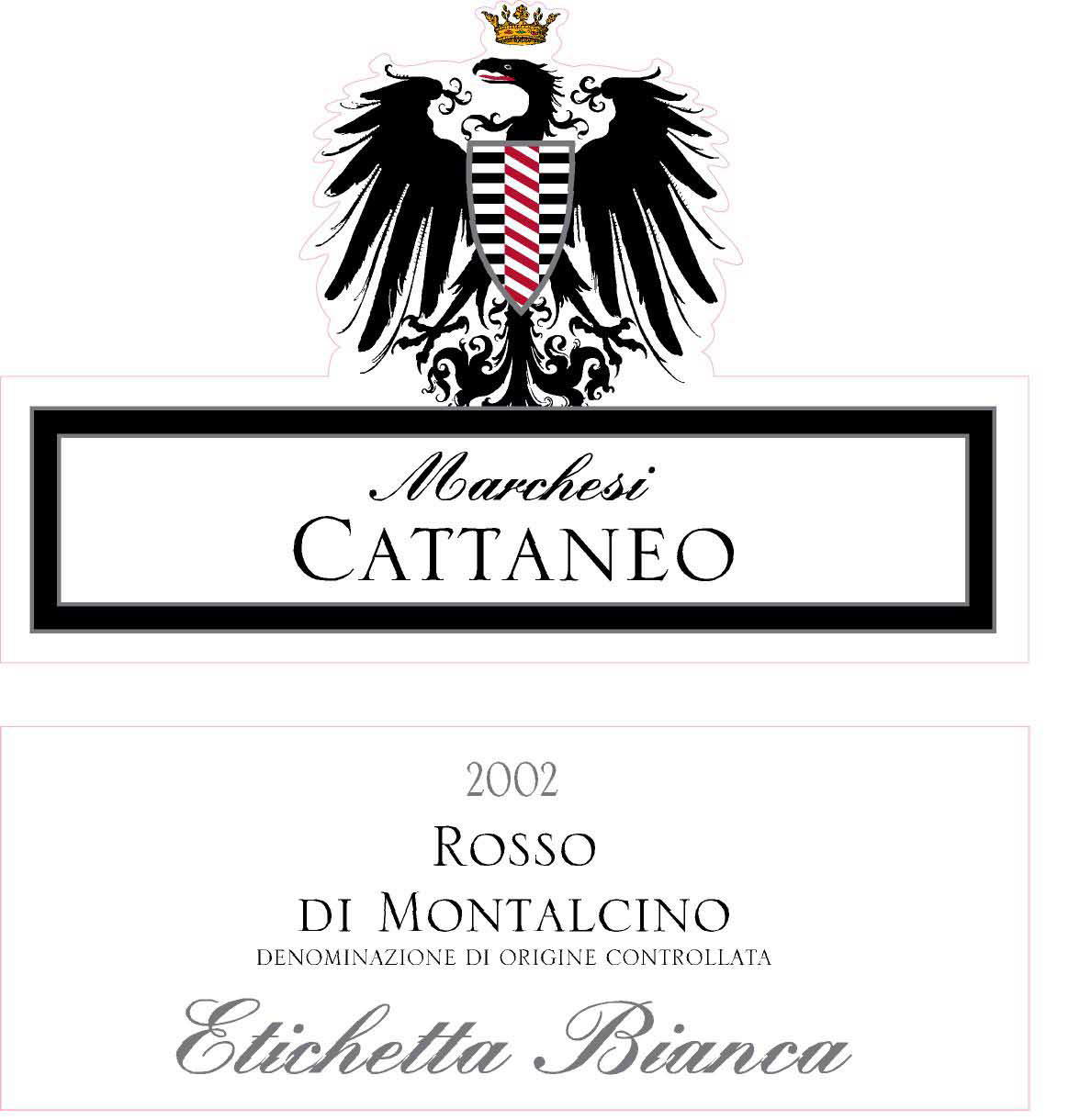 Italian wine production is much like its history and tradition: dynamic, rich and... complicated. Despite this sometimes intimidating complexity (in terms of wine laws, in particular) every time I pick up a bottle from the Tuscan region I am transported to clarity. Tuscan wines are a consistent articulation of what I appreciate most about good wine; they are a liquid language, translating a uniquely local art, history and culture. The wines are fulfillingly layered with flavor, quenching your thirst for what it is you really seek: pure pleasure.
Brunello di Montalcino is one Italian wine Americans have sought with great gusto. Something like 1 in 3 bottles comes to the US. So many of you might already know that Brunello isn't a grape, and it isn't a region. In fact, it is just the name for these marvelously bright and fruity, yet rich and broodingly elegant wines made from the Sangiovese Grosso grape clone. This clone is specific to Montalcino, a village about 70 miles southwest of Florence, in the Tuscan wine region; the wine's name translates simply as Brunello of Montalcino. By law the wines are aged for a minimum of 2 years in oak and 4 months in bottle before they are released. They are serious wines; like the great Bordeaux's and Burgundy's of France, age works in its favor, delivering its greatest gifts only after a decade... or more.
Italian wine production is much like its history and tradition: dynamic, rich and... complicated. Despite this sometimes intimidating complexity (in terms of wine laws, in particular) every time I pick up a bottle from the Tuscan region I am transported to clarity. Tuscan wines are a consistent articulation of what I appreciate most about good wine; they are a liquid language, translating a uniquely local art, history and culture. The wines are fulfillingly layered with flavor, quenching your thirst for what it is you really seek: pure pleasure.
Brunello di Montalcino is one Italian wine Americans have sought with great gusto. Something like 1 in 3 bottles comes to the US. So many of you might already know that Brunello isn't a grape, and it isn't a region. In fact, it is just the name for these marvelously bright and fruity, yet rich and broodingly elegant wines made from the Sangiovese Grosso grape clone. This clone is specific to Montalcino, a village about 70 miles southwest of Florence, in the Tuscan wine region; the wine's name translates simply as Brunello of Montalcino. By law the wines are aged for a minimum of 2 years in oak and 4 months in bottle before they are released. They are serious wines; like the great Bordeaux's and Burgundy's of France, age works in its favor, delivering its greatest gifts only after a decade... or more.
With great wines (and particularly those that are aged for some time) often comes some expense. It's a real challenge to find good Brunello for under $25-30. Enter Rosso di Montalcino! This is a wine alternative to Brunello. It is also made from 100% Sangiovese Grosso, but is made from younger vines and is only aged for a minimum of 6 months in oak and only held 1 year total before release. It is a more approachable style for consumers that allows Brunello producers some cash flow, while they wait for their Brunello's to age. And it costs consumers 1/3 - 1/2 the price of a Brunello. This is a little something we like to call a "Win-Win"! I'm all for them.
I had the pleasure of tasting the 2002 Marchesi Cattaneo Rosso di Montalcino last fall, but just recently sought it out as one of my winter warmer wines. Minestrone soup was on the menu and I wanted something food-friendly that would warm me up and offer a fun escape from my day. The Marchesi was a no-brainer. My friend came over and we popped the cork. And boy, did it deliver! It had an enticing and telling nose, delivering sweet black cherry and raspberry fruit, a dash of dried herbs, a bouquet of violets and a welcome touch of chocolate. Lush... mouthwatering... goodness! I couldn't have been happier - or more fulfilled on a cold night in Beantown.
Which Rosso di Montalcino warms your heart these days?


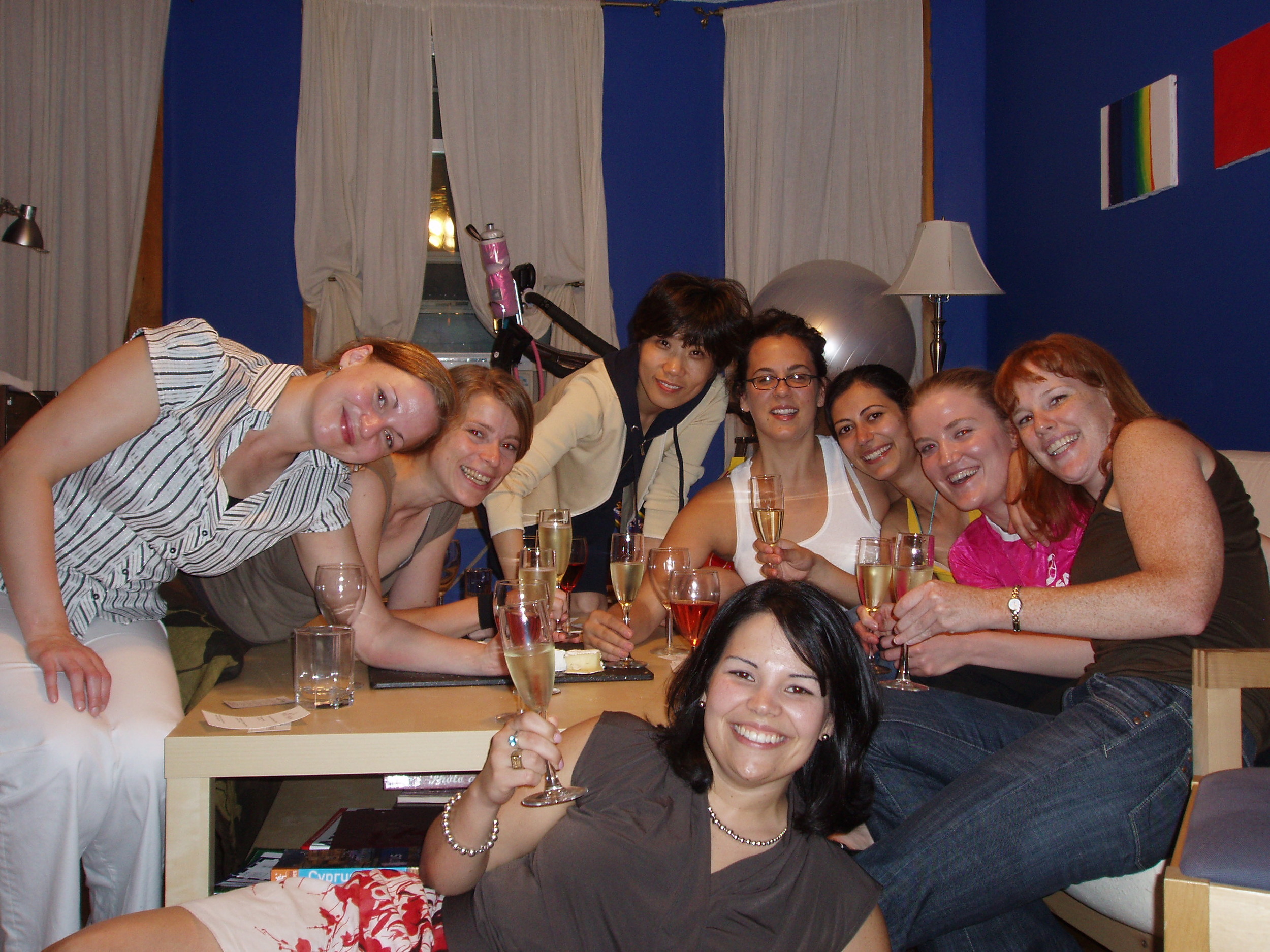 The last few years I've noticed a trend where holiday parties are held in January. The idea is that this is a more sane time; you face less "competition" from the party circuit and you don't have to add party-planning to your already busy holiday season. For two reasons I wager this trend seems to have grown quite a bit more this year. First, the weather gods were at play across the country throughout much of December. Many of the traditionally planned parties had to be postponed because it wasn't safe for folks to travel. Second, more and more people are entertaining their friends, thinking this a cost-effective alternative to going out or exchanging gifts. (I can't help but wonder if in another couple of weeks there may even be a third reason: The Inauguration!)
With all of these festivities abounding this January, I've fielded a flurry of questions about how much wine you should have on hand for an event - so much so I thought it worthy of a post! Here's the scoop:
The last few years I've noticed a trend where holiday parties are held in January. The idea is that this is a more sane time; you face less "competition" from the party circuit and you don't have to add party-planning to your already busy holiday season. For two reasons I wager this trend seems to have grown quite a bit more this year. First, the weather gods were at play across the country throughout much of December. Many of the traditionally planned parties had to be postponed because it wasn't safe for folks to travel. Second, more and more people are entertaining their friends, thinking this a cost-effective alternative to going out or exchanging gifts. (I can't help but wonder if in another couple of weeks there may even be a third reason: The Inauguration!)
With all of these festivities abounding this January, I've fielded a flurry of questions about how much wine you should have on hand for an event - so much so I thought it worthy of a post! Here's the scoop: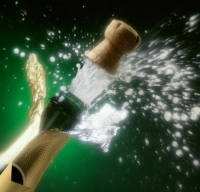 You know you're back from vacation when it takes you at least 2 or 3 times the amount of time it normally would to undertake just one, every day, item on your list. Yes, I've been trying to get caught up on all of my wine industry news, sifting through the virtual paperwork to bring you a few headline highlights this Friday. A few winemakers have passed on (too depressing to write more about in the New Year, but you can hop over to
You know you're back from vacation when it takes you at least 2 or 3 times the amount of time it normally would to undertake just one, every day, item on your list. Yes, I've been trying to get caught up on all of my wine industry news, sifting through the virtual paperwork to bring you a few headline highlights this Friday. A few winemakers have passed on (too depressing to write more about in the New Year, but you can hop over to  Ever gone on a blind date and wondered where that person had been all your life? Ever see that person again and known they were exactly what you remembered - and somehow even better?
I first stumbled upon the red grape varietal Cinsault (said: Sin - So?) in its birthday suit (that is, 100% of it in one single bottle, all on its own, not playing just one part in the production) at a grand tasting event last Fall. It's rare to see this varietal doing its own dance; more likely it's one of many blended into wines from the South of France... one of those grapes you always hear about but are never fully sure what it contributes to the bigger picture. I mean, you can always turn to the
Ever gone on a blind date and wondered where that person had been all your life? Ever see that person again and known they were exactly what you remembered - and somehow even better?
I first stumbled upon the red grape varietal Cinsault (said: Sin - So?) in its birthday suit (that is, 100% of it in one single bottle, all on its own, not playing just one part in the production) at a grand tasting event last Fall. It's rare to see this varietal doing its own dance; more likely it's one of many blended into wines from the South of France... one of those grapes you always hear about but are never fully sure what it contributes to the bigger picture. I mean, you can always turn to the 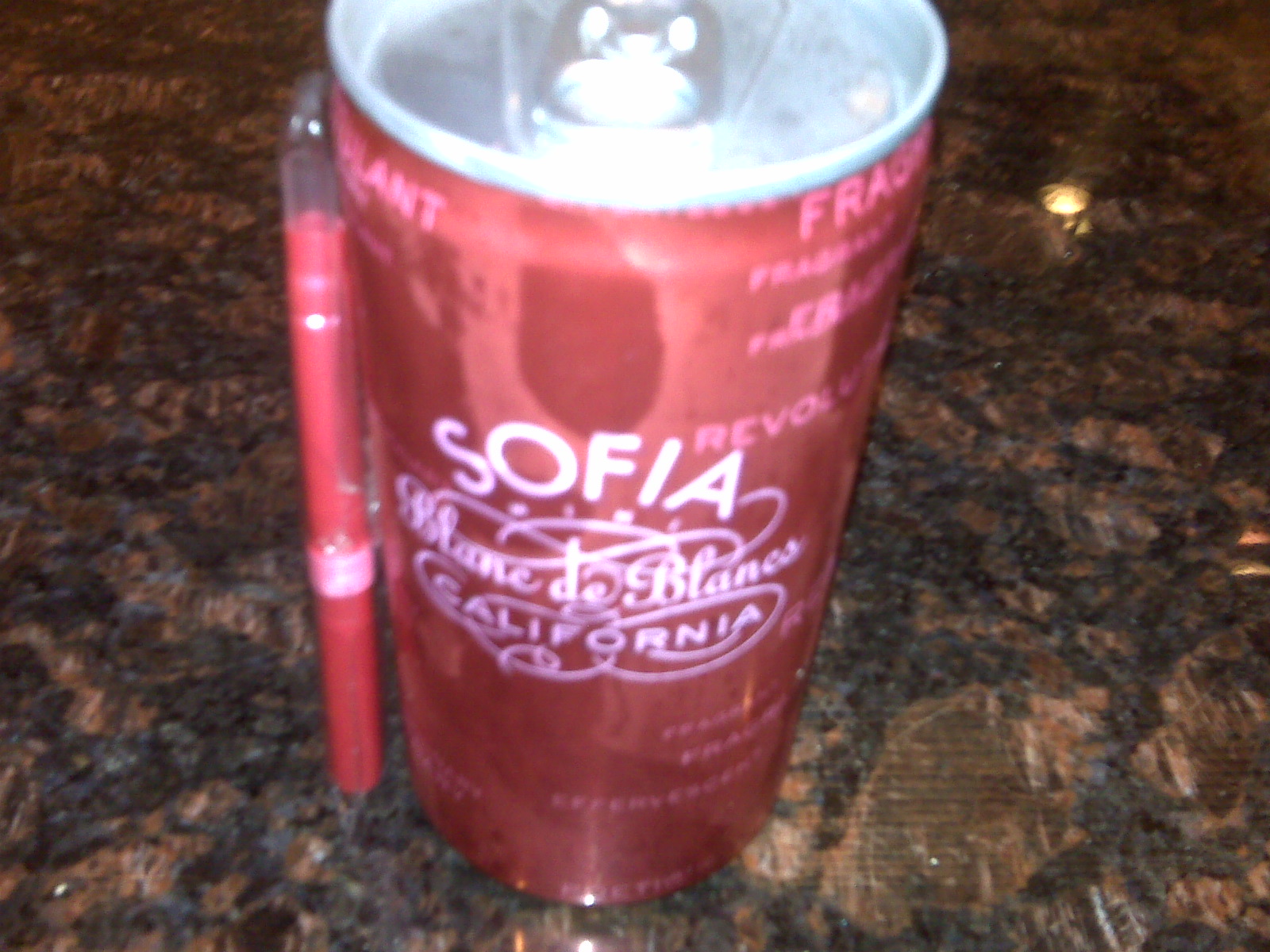 Happy New Year! I hope you enjoyed a great bit of bubbly - whether Cava, Prosecco, Champagne, domestic sparkling or what have you - to ring in 2009. I have to admit, I'm a little sad the holidays are behind us. I did quite some damage enjoying bubbly from almost every wine-producing continent throughout December. And in so doing, I rejoiced in and fully celebrated just how great, food-friendly and versatile it is. My New Year's resolution might just include drinking at least one bottle each month of the year (not necessarily by myself or all at once, mind you). Ah, yes... I like this idea!
What with all my bubbly enjoyment these last several weeks I couldn't help but muse the Marketing Giant that is the word, the region, and the renowned sparkler: Champagne. Just think of it! No other wine region in France, or really elsewhere, has the panache that Champagne does. No other wine seems to have inspired so many other styles of or takes on sparkling. No other wine says "sophistication" like Champagne. How does such a small-production entity (only 12% of sparkling wine worldwide) manage to capture the hearts/minds of so many people worldwide?
Happy New Year! I hope you enjoyed a great bit of bubbly - whether Cava, Prosecco, Champagne, domestic sparkling or what have you - to ring in 2009. I have to admit, I'm a little sad the holidays are behind us. I did quite some damage enjoying bubbly from almost every wine-producing continent throughout December. And in so doing, I rejoiced in and fully celebrated just how great, food-friendly and versatile it is. My New Year's resolution might just include drinking at least one bottle each month of the year (not necessarily by myself or all at once, mind you). Ah, yes... I like this idea!
What with all my bubbly enjoyment these last several weeks I couldn't help but muse the Marketing Giant that is the word, the region, and the renowned sparkler: Champagne. Just think of it! No other wine region in France, or really elsewhere, has the panache that Champagne does. No other wine seems to have inspired so many other styles of or takes on sparkling. No other wine says "sophistication" like Champagne. How does such a small-production entity (only 12% of sparkling wine worldwide) manage to capture the hearts/minds of so many people worldwide?
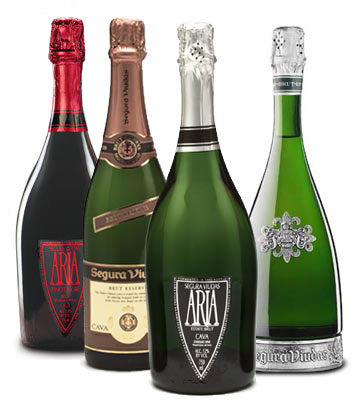
 'Tis the season to be merry! And sometimes merriment is best facilitated by getting your guests in the mood for - in the immortal words of Seinfeld writers - Festivus! Last weekend I had the pleasure of pouring a few holiday libations for just such a purpose at a public tasting event. (I had what happens to be my favorite
'Tis the season to be merry! And sometimes merriment is best facilitated by getting your guests in the mood for - in the immortal words of Seinfeld writers - Festivus! Last weekend I had the pleasure of pouring a few holiday libations for just such a purpose at a public tasting event. (I had what happens to be my favorite 
 If you recall, last Wednesday we launched my December series "a bit on bubbly" and talked about Growers Champagne. I didn't go much into the production process - or the flavors, for that matter - spending more time talking about the technicalities (and economics) of what makes Growers Champagne special and distinct from the bigger houses' offerings. I promise to circle back to these lovely wines before we ring in the New Year - because I definitely was inspired by many of the wines I was privileged to taste last week, and you really only get the "excuse" to buy expensive bubbly once in a while! But in the meantime, I think its important we move on to a different sparkling wine: Prosecco.
Prosecco is Italian for bubbly. Well, nearly... Asti is the better known of the two predominant sparkling wines the Italians produce; but increasingly Americans have figured out Prosecco equates quality bubbly from Italy, at an affordable price. Venetians, for their part, turn to it daily; lucky devils!
If you recall, last Wednesday we launched my December series "a bit on bubbly" and talked about Growers Champagne. I didn't go much into the production process - or the flavors, for that matter - spending more time talking about the technicalities (and economics) of what makes Growers Champagne special and distinct from the bigger houses' offerings. I promise to circle back to these lovely wines before we ring in the New Year - because I definitely was inspired by many of the wines I was privileged to taste last week, and you really only get the "excuse" to buy expensive bubbly once in a while! But in the meantime, I think its important we move on to a different sparkling wine: Prosecco.
Prosecco is Italian for bubbly. Well, nearly... Asti is the better known of the two predominant sparkling wines the Italians produce; but increasingly Americans have figured out Prosecco equates quality bubbly from Italy, at an affordable price. Venetians, for their part, turn to it daily; lucky devils!